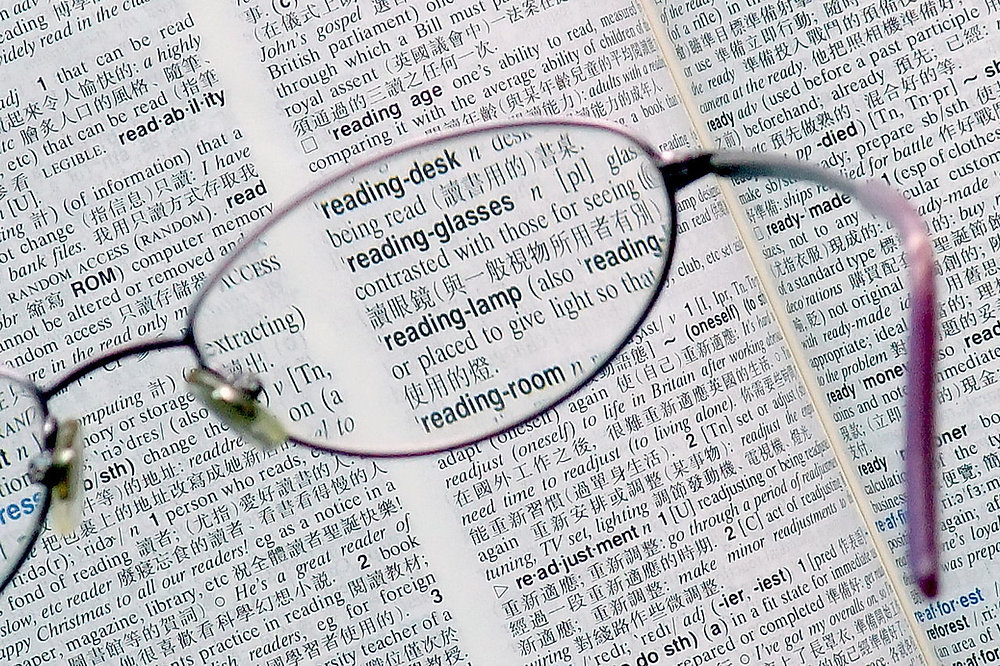Orthokeratology, also known as ortho-k, is comparable to straightening your teeth with orthodontics. However, rather than undergoing a lengthy surgical procedure, the procedure involves altering or moulding the cornea’s surface with special contact lenses.
The dome-shaped transparent cornea protects the eye’s internal structures and refracts light to the retina, which transmits it to the brain for interpretation. Unfortunately, people with astigmatism or myopia have corneas and lenses that do not properly refract light to the retina, causing objects to appear indistinct or duplicated.
During the ortho-k procedure, you will be provided special gas-permeable rigid contact lenses to wear overnight to reshape your cornea delicately. The modification of the cornea corrects light refraction to the retina, allowing you to see plainly the next day.
When you graduate from wearing special contact lenses to so-called “retainer” contact lenses, you must wear them every night to prevent vision loss. People who do not want or cannot undertake surgery can reshape their cornea without surgery.
Ortho-k in Singapore is most effective for individuals with mild degrees of myopia and astigmatism. Even though the procedure is harmless, its effects are temporary and reversible when contact lenses are no longer worn.
Due to concerns regarding the safety and effectiveness of orthokeratology, some misconceptions surround the procedure. During your appointment, your eye doctor can explain in greater detail, but here are some common misconceptions about orthokeratology safety information.
Myth: Corneal tissue becomes compressed.
Those who do not completely comprehend the orthokeratology procedure may believe that when the lenses are placed over the eyes to flatten the cornea, the cells of the cornea are pushed to the periphery, which may cause harm to the eye. However, hydraulic forces beneath the contact lens, involving the eye’s natural fluids, help reshape the cornea, whose upper portion over the iris is thinner than its surroundings. In addition, the transformation is temporary. The cornea will return to its original shape once lens wear is discontinued.
Myth: Fittings are overly complex.
Fitting your eyes for special contact lenses is uncomplicated, with a success rate of at least 75% on the first attempt. Diagnostic fitting with a wavefront device is the most precise, producing a map of the surface of your eye that resembles a mountainous topographical map. This permits individualised design. Although the procedure may be comparatively more time-consuming than conventional contact lenses, it is safe and effective.
Myth: Infection is inevitable.
With orthokeratology lenses, there is a risk of infection, which can be especially concerning for parents seeking to treat their child’s myopia. However, hypoxia in the eyes, which can cause corneal swelling, is more dangerous with hard contacts than with soft contacts, and long-term corneal changes can cause injury. New materials have enhanced the gas permeability of contact lenses, and appropriate lens care reduces the risk of infection. Regular use of standard soft contact lenses carries a relative risk.
Myth: It is a waste of time because it’s not permanent.
Braces are not a permanent solution for many individuals, and many get braces again as adults. For many, this is a normal aspect of the maturation process. Although the effects of orthokeratology are not as long-lasting as those of orthodontics for teeth, the allure of clear daytime vision without undergoing any surgery, no matter how minor, is appealing to many individuals.






More Stories
Shockwave for ED vs. Traditional treatments – A comprehensive comparison
Effective Ways to Manage Spinal Curvature in Adolescents
Enhance Your Culinary Experience: Pairing Cannabis Strains with Local Flavors